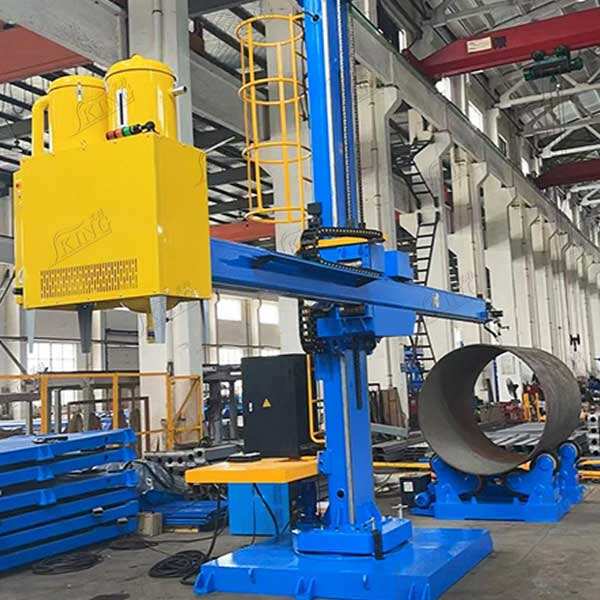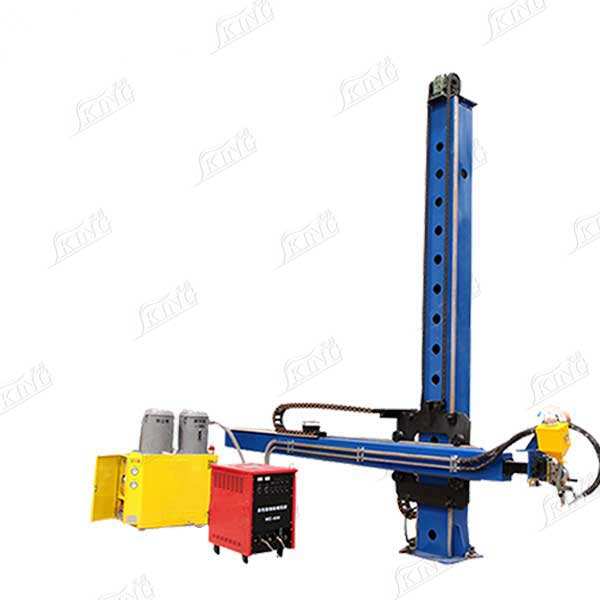column welding
Column welding represents a sophisticated industrial welding process specifically designed for joining vertical structural components with precision and reliability. This technique employs advanced welding technologies to ensure structural integrity in various construction and manufacturing applications. The process involves specialized equipment that maintains consistent weld quality throughout the vertical axis, utilizing controlled heat input and material deposition to achieve optimal fusion. Column welding systems often incorporate automated mechanisms that help maintain steady travel speeds and proper torch angles, ensuring uniform penetration and weld strength. The technology accommodates various material thicknesses and types, from standard steel columns to specialized alloys, making it versatile for different industrial applications. Modern column welding systems frequently include features such as automatic seam tracking, real-time quality monitoring, and adaptive control systems that adjust welding parameters based on changing conditions. This process is particularly crucial in construction projects where structural integrity is paramount, such as in high-rise buildings, industrial facilities, and infrastructure projects. The technique has evolved to include both traditional and advanced welding methods, including GMAW (MIG), FCAW, and even automated laser welding systems for specialized applications.


